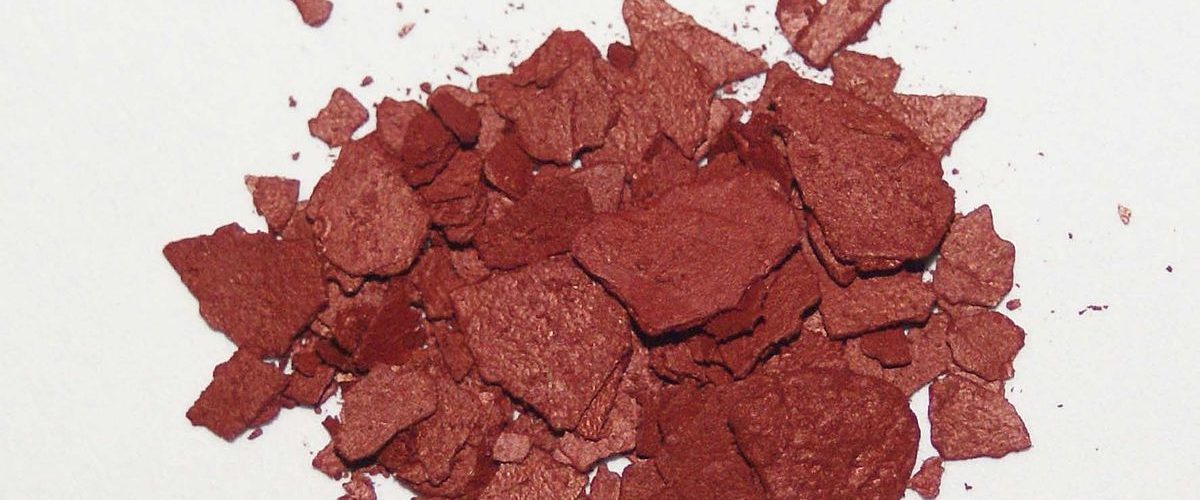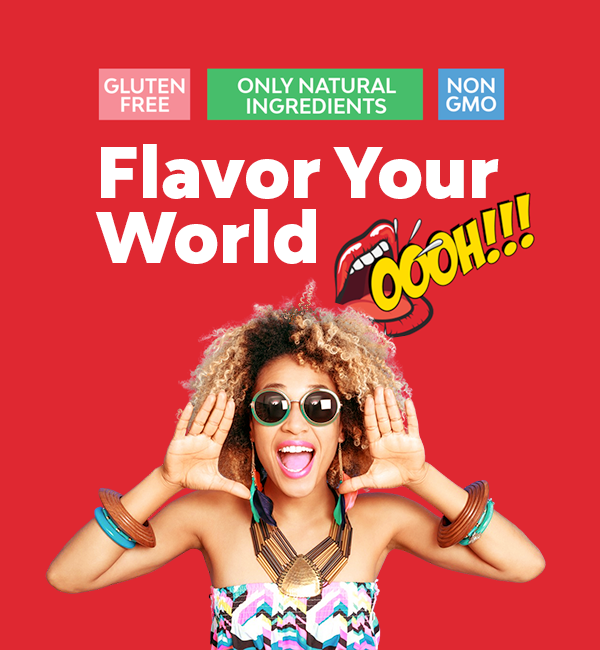What is Lycopene?

You may have heard of Lycopene, and heard that it is good for you. But, you may be wondering exactly what it is, what is does, and why it is good for you. First, let’s look at what lycopene is.
The short answer is that lycopene is a naturally occurring bright red pigment. Lycopene is highly common and is found in many places. In terms of your diet, you normally will find lycopene in things like red fruits or vegetables. Lycopene is what makes red tomatoes red. It also gives the pink or red hue to various fruit and vegetables, including things like sweet red peppers, watermelon, papayas, grapefruit and guavas.
Believe it or not, lycopene colors a lot more than your fruits and vegetables. Lycopene is the most common substance that provides pink or red coloring to organs inside the human body. Lycopene naturally is found in various places in the human body, including in the skin, the liver, the colon and the adrenal glands.
Lycopene is a type of carotenoid, which is just another word for a fat-soluble naturally occurring pigment. If the word “carotenoid” looks familiar, it may be because it is similar to the words carotene and carrots. Carotene is another carotenoid and is the natural coloring that gives the orang hue to certain orange plants, like carrots, pumpkins and sweet potatoes. Are responsible for a lot of the colorings you see in plants. This includes not only the colorful red and orange vegetables and fruit at your local grocery store, but also a wide variety of other plants, including algae, fungi, and even beautiful fall foliage.
You most likely have known that carotenoids are good for you, but you may not know why or how they work. To understand how lycopene works, you need to understand what oxidation is. Oxidation is a process in which atoms lose electrons. We are all familiar with oxidation in one context or another. Sometimes, we will intentionally use oxidation to get rid of things that we don’t want. For example, we may use something like bleach or a similar cleaning product to trigger the oxidation process to get rid of stains on white clothing. Often, however, oxidation is a natural process in which things degrade. For example, if you leave iron in a moist environment for too long, the water particles will trigger oxidation, and the iron will begin to rust. Also, vegetables that are no longer fresh start to turn brown and wilt once oxidation sets in.
In the human body, sometimes molecules split and some of the resulting molecules are not stable. Those molecules are called free radicals, and they attach to other cells and destroy them. Sometimes this process is a good thing – for example, your immune system will create free radicals to kill off viruses or bacteria. However, too many free radicals can form and begin attacking otherwise healthy cells, causing damage. This can continue to be a cycle, of one cell attacking the next, and so forth, until something happens to stop the process. This can lead to various health problems, including things like heart disease, certain cancers and deterioration of the eyes. This is where antioxidants come into play. When antioxidants are exposed to free radicals, the antioxidant gives an electron to the free radical so that the free radical becomes a healthy stable cell, instead of attacking nearby cells.
Studies have shown that eating a diet with plenty of antioxidants helps to reduce issues caused by having excessive free radical cells. Studies on taking antioxidants in supplement form have not been conclusive, so it is best to try to include a variety of foods with antioxidants in your diet. Several foods are known to have a lot of antioxidants. Those include things like tomatoes, berries, some tree nuts, kidney beans, and even dark chocolate. The most effective antioxidant found in foods today is lycopene.
Your main source of antioxidants generally (and lycopene specifically), if you are an American, will most likely be cooked tomato products. That is because lycopene, unlike some other antioxidants, is stable when it is cooked. That means, when a lot of tomatoes are cooked down into a small serving, you get a large dose of lycopene. This means that foods containing tomato paste are an excellent source of lycopene. In fact, did you know that there is lycopene in a tablespoon of 78 Ketchup as there is in an entire tomato? That’s because78 is one of the tomato richest ketchups on the market, containing 78% tomato solids per volume.
By eating more lycopene, you can help protect your body from excessive free radicals. Increase the amount of red fruits and vegetables in your diet to take advantage of this. The easiest way to do this is to eat more tomatoes and tomato products. This is especially true of cooked tomatoes, which are packed with lycopene. You can also increase your intake of other foods that contain lycopene, such as watermelon and pink grapefruit. Doing so will help your body keep the amount free radicals in your body under control, which in turn will keep you healthier.










